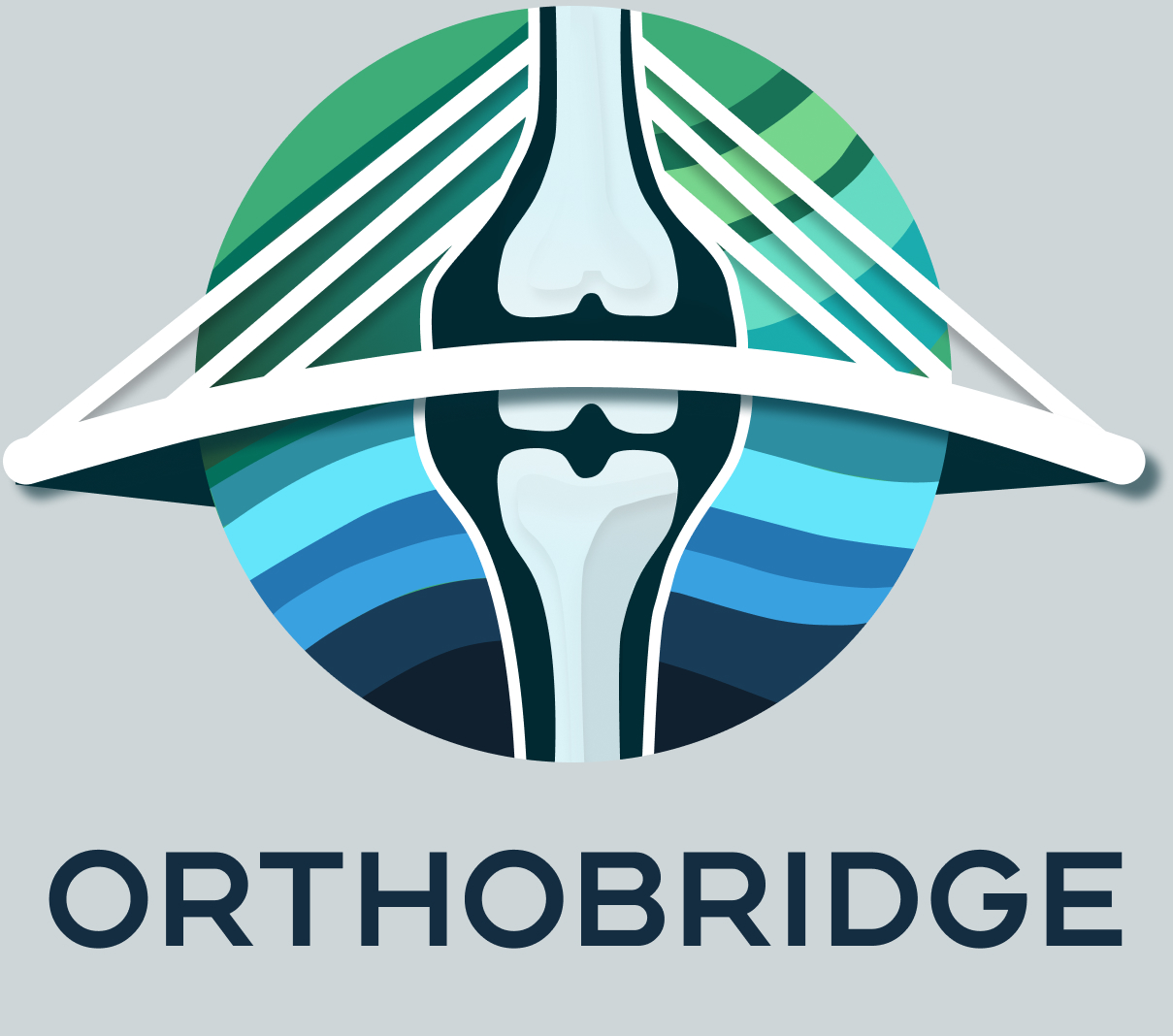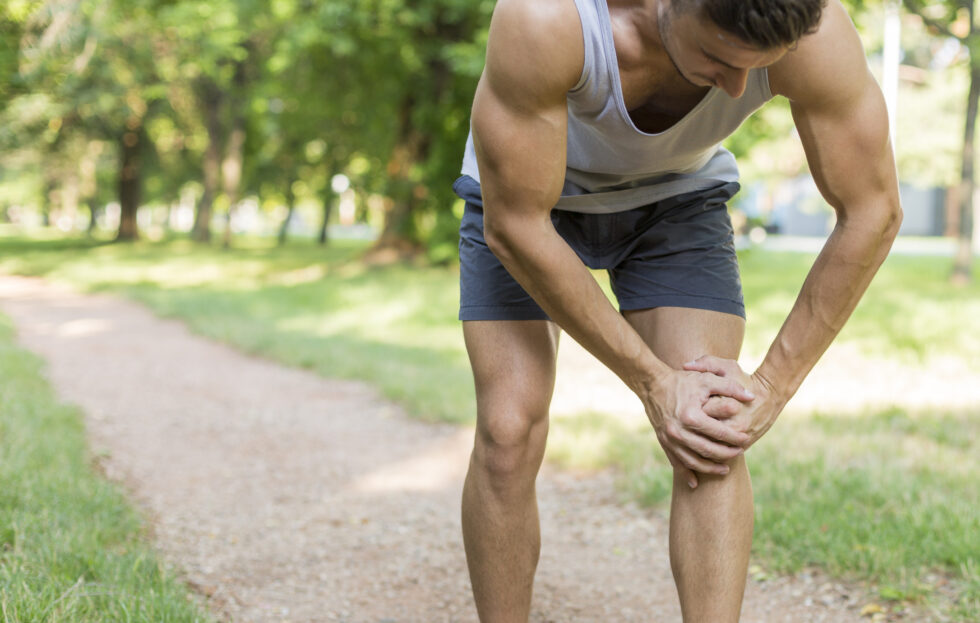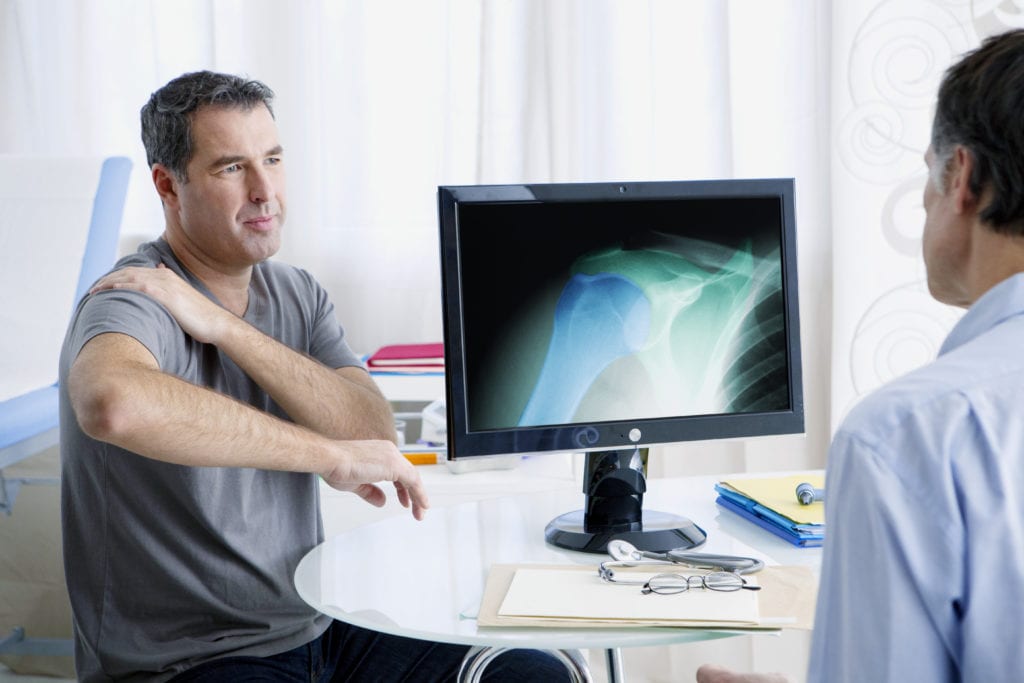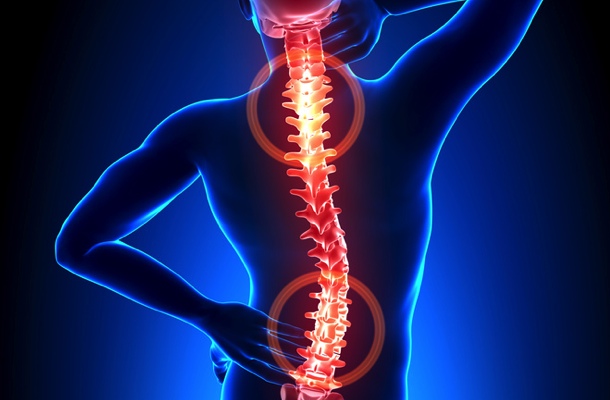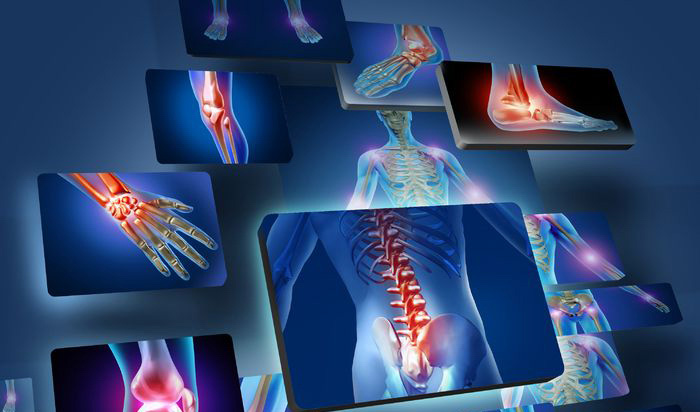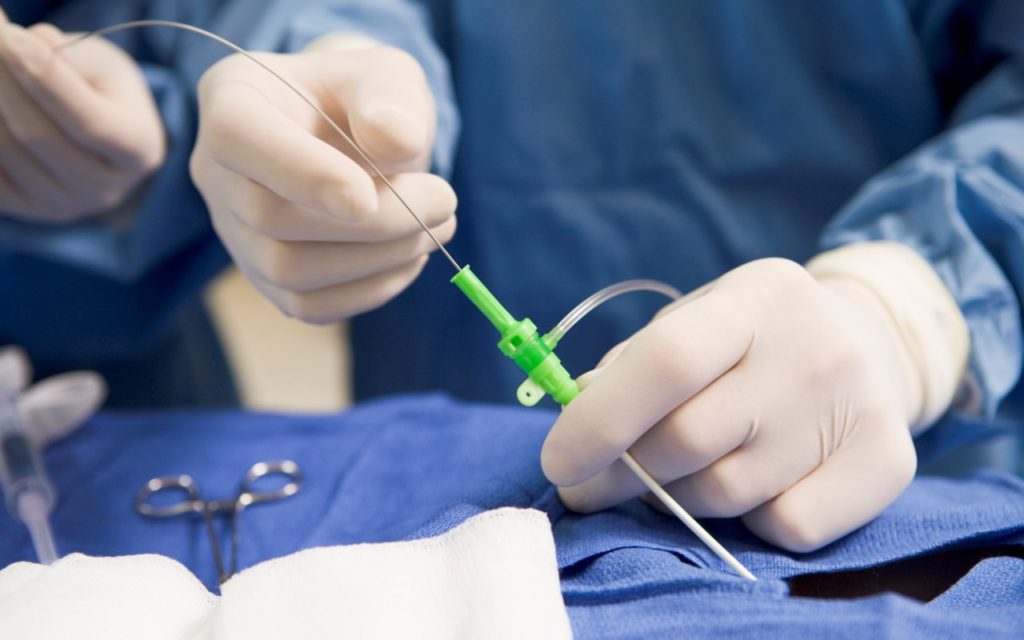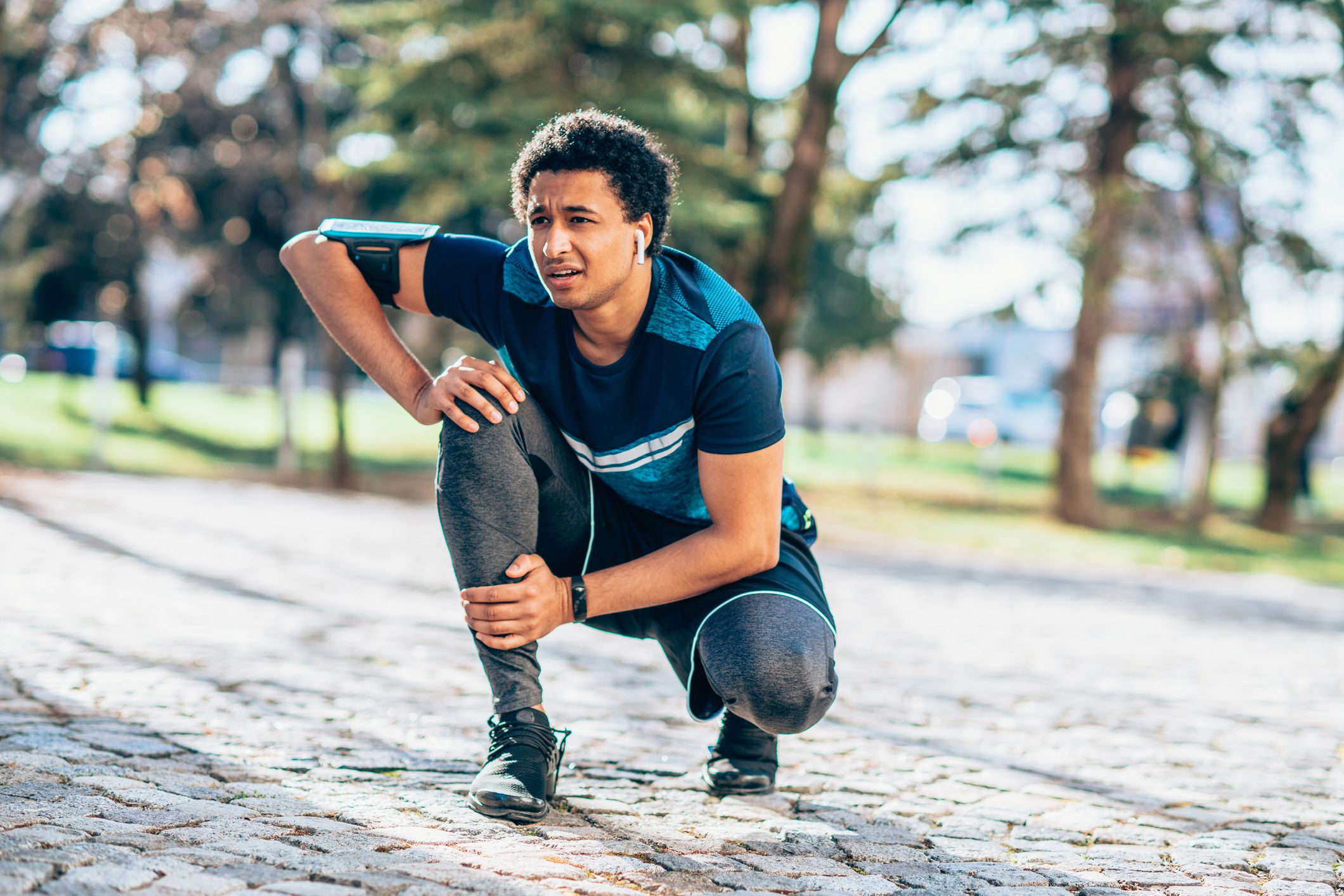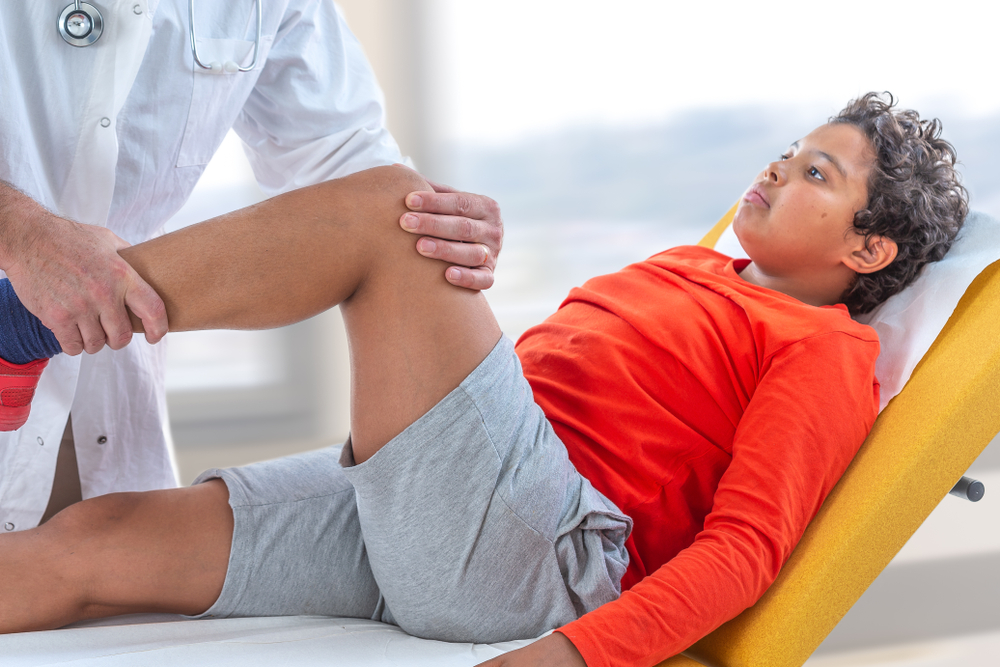The shoulder joint is a ball and socket joint, similar to the hip. However, the socket of the shoulder joint is extremely shallow and thus inherently unstable. This means that the bones of the shoulder are not held in place adequately. Extra support is needed—that’s where the labrum comes in. This cartilage is important for a properly functioning shoulder, as a torn labrum can impact movement. Luckily, most treatments aren’t invasive.
What Is the Labrum?
To compensate for the shallow shoulder socket, the joint has a cuff of cartilage called a labrum that forms a cup for the end of the arm bone (humerus) to move within. The labrum circles the shallow shoulder socket (the glenoid) to make the socket deeper.
This cuff of cartilage makes the shoulder joint much more stable and allows for a very wide range of movements (in fact, the range of movements your shoulder can make far exceeds any other joint in the body).
Causes of Labral Tears
The labrum is made of a thick tissue that is susceptible to injury with trauma to the shoulder joint. When a patient sustains a shoulder injury, it is possible that the patient has a labral tear. The labrum also becomes more brittle with age and can fray and tear as part of the aging process.
Several different mechanisms have been described as causes for superior labral tears in the shoulder. Sometimes the cause is a sudden injury, such as a forceful compression or sudden traction on the arm. Conversely, some labral injuries are the result of repetitive injury to the shoulder, such as is the case with overhead throwing activities.
Many studies have been performed and they’ve identified specific positions of the shoulder joint where the labrum is particularly at risk for injury. Depending on the activity and the position of the arm, your healthcare provider can determine the most likely type and location of the labral injury.
Types
The most common patterns of labral tears are:
SLAP Tears: This is most commonly seen in overhead throwing athletes such as baseball players and tennis players. The torn labrum seen in a SLAP tear is at the top of the shoulder socket where the biceps tendon attaches to the shoulder.
Bankart Tears: A Bankart tear is a labral tear that occurs when a shoulder dislocates. When the shoulder comes out of its joint, the labrum is torn and makes the shoulder more susceptible to future dislocations.
Posterior Labral Tears: Posterior labral tears are less common, but sometimes seen in athletes in a condition called internal impingement. In this syndrome, the rotator cuff and labrum are pinched together in the back of the shoulder.
Symptoms
Symptoms of a labral tear depend on where the tear is located, but may include:
- An aching sensation in the shoulder joint
- Catching of the shoulder with movement
- Pain with specific activities
In addition, some types of labral tears, specifically a Bankart lesion, can increase the potential for shoulder dislocations.
Diagnosis
A healthcare provider will usually take a careful history of the injury and pain that is causing problems. On examination, specific tests can be performed to detect the different types of tears.
Imaging tests are often performed in addition to a physical examination. A regular X-ray typically does not show abnormalities. An MRI is usually the best test to detect labral damage.
Treatment
Treating a torn labrum depends on the type of tear that has occurred. Most labral tears do not require surgery; however, in patients who have persistent symptoms despite more conservative treatments, surgery may be necessary.
Typically, the first steps are simple steps to focus on allowing the body to heal the injury and for inflammation to subside. Working with a physical therapist can help to improve shoulder mechanics to take stress off the damaged labrum in the shoulder. In cases where the shoulder is unstable or if simpler treatment steps fail, more invasive treatments can be considered. The type of treatment also varies based on the specific type of tear.
A Word From Verywell
Labral tears are a common finding in the shoulder. Not every labral tear requires surgical treatment, but these injuries can be a source of pain and difficulty with certain activities. While most labral tears can improve with nonsurgical treatments, labral tears that lead to instability of the shoulder may require more invasive treatments. Discuss what your best option is with your healthcare provider.
FREQUENTLY ASKED QUESTIONS
How serious is a torn shoulder labrum?
It depends on the extent of the injury. Most patients requiring surgery can expect to regain full function of their shoulder with few or no restrictions after the recovery period.
What does a torn shoulder labrum feel like?
In addition to feeling pain, you may feel like your shoulder is going to pop out of its socket. It might feel or sound like your shoulder is grinding, popping, or locking. You could also have less strength and range of motion in your shoulder.
How can you treat pain from a torn shoulder labrum?
You can use nonsteroidal anti-inflammatory medication, such as Advil (ibuprofen) or Aleve (naproxen), to relieve pain and swelling. A physical therapist may also recommend exercises that help to strengthen muscles in the shoulder and reduce pain.
